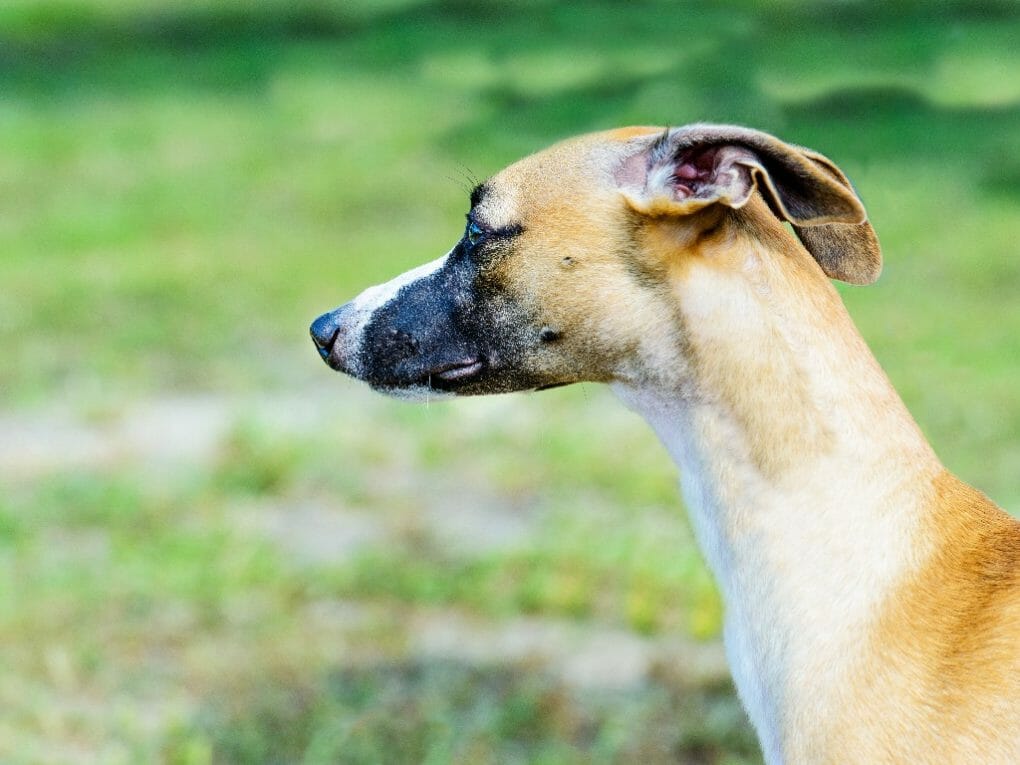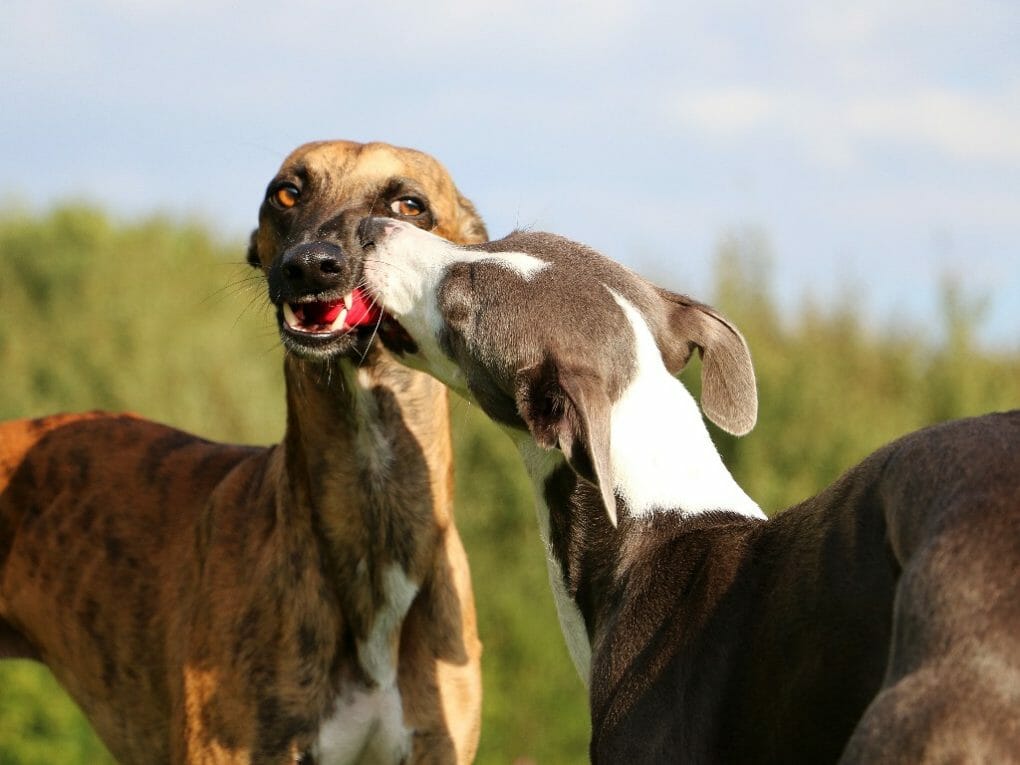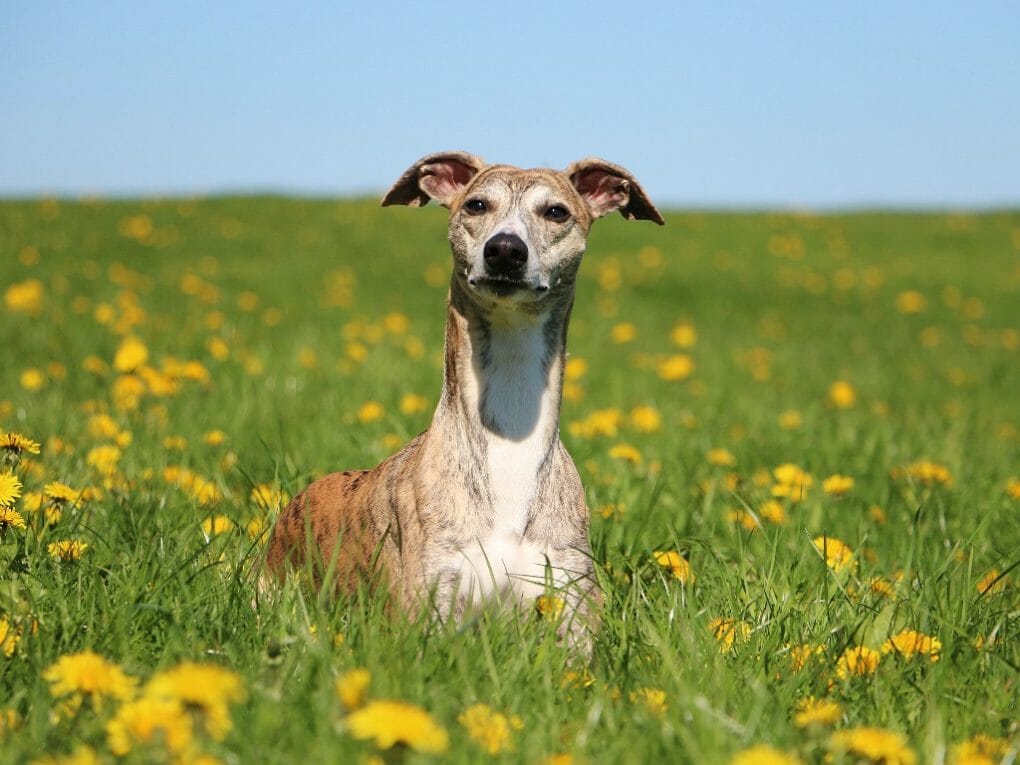Is My Whippet Underweight: Reasons and Signs Why Your Dog Is Skinny and How to Deal With It


One of the most common reasons is that your dog isn’t getting enough exercise. Make sure to give them plenty of fresh water and snacks, and take them for walks daily. If your dog isn’t eating or drinking enough, consult a vet about the best action. Over time, if you continue providing the proper care, your dog should start returning to its average weight!
Table of Contents
Reasons Why Whippet Is Underweight
Poor Nutrition
Poor nutrition is one of the leading causes of dog obesity and other health problems. Dogs are omnivores, which means that their diet consists of both plant-based food as well as animal-based food. Unfortunately, not all dog foods are created equal, and some can be very unhealthy for our furry friends.
Feeding your dog the wrong food can lead to weight gain, digestive issues, skin problems, etc. Therefore, providing your dog with the correct amount and type of food daily is essential to maintain weight and health.
Some vegetables (such as carrots) have been shown to improve canine health in many ways, including reducing inflammation levels in dogs’ bodies and helping keep them fit, besides looking great on a pet’s dish!
Underlying Health Conditions
It is always essential to get your dog checked out by a vet if they start to look thin. There could be many underlying health conditions causing weight loss, and it is best to find out what these are to treat the disease adequately.
Some of the most common health problems which can cause your dog to lose weight include food allergies, urinary tract issues, and liver diseases. If left untreated, these conditions will lead to more severe complications, such as organ failure or even death.
You must take your pet in for routine checkups so that any underlying health problems can be detected and treated as soon as possible – this will ensure they stay healthy and happy throughout their lifetime.
Age


Although puppies grow much faster than adults, keeping an eye on your dog’s weight is essential. When they are young, whippets may be thin due to the lack of exercise and diet that puppies require. Older dogs often lose muscle mass as they age, leading to weight problems. Keeping an eye on their weight is essential so you can take appropriate measures if necessary.
Signs That Your Whippet Is Underweight
Body Posture
One way to tell if your whippet is underweight is by looking at their body posture. There might be a noticeable difference in their body shape, such as being hunched over or standing with their back legs akimbo.
Poor Muscle Mass
Another sign is that they have lost weight and don’t have enough muscle mass in their skeletal system. If you notice any of these signs, you must take your pet to the vet for an evaluation and possible treatment plan. In the meantime, ensure to provide them with the right food, water, and enough activity to keep them healthy and happy.
Low Ribs
The easiest way to tell if your whippet is underweight is by checking its ribs. For example, an underweight whippet will have abnormally low ribs, which may be visible when the dog is standing up or lying down. Additionally, an underweight whippet may also pant excessively and have dry skin.
Others
Whippets underweight are likely to have a dull coat, lack energy, and might start to show signs of health problems like infertility, joint pain, and tumors. Treatment typically involves diet adjustment and exercise. If you think your whippet may be overweight, bring them in for a veterinarian checkup so they can be evaluated and treated accordingly.
Helping Your Whippet Gain Weight
The first thing to do is to take them to the vet and have them checked out. They may need vaccinations, spaying or neutering, or other health care that requires weight gain. If your whippet isn’t underweight but is at a healthy weight for their breed and age, you can still do a few things to help them put weight on.
Ensure they’re getting enough exercise – a healthy dog needs at least an hour of vigorous activity daily. Feed them a high-quality diet that includes quality dog food. And finally, weekly weigh-ins will help you track their progress and ensure they receive the proper nutrition.
Food to Feed a Whippet Puppy
It’s essential to feed your whippet puppy a high-quality diet designed for their size and age. This will ensure they stay healthy and active. In addition to food, you’ll also need to provide them with plenty of fresh water daily. Never give them water that’s been left out overnight.
Kibble
Feeding a whippet puppy kibble is the best way to ensure he gets the nutrients and proteins needed to grow into a healthy dog. Kibble is the perfect diet for whippets because it’s fast-acting and nutritious. So begin feeding your puppy kibble at around six weeks old so he can develop healthy eating habits early on in his life. Be sure to give him plenty of water, too – whippets drink a lot!
Wet Food
Wet food is high in water content, which helps puppies stay hydrated and healthy. Additionally, wet-feeding food keeps teeth and gums clean and healthy. If your whippet puppy starts to become overweight, gradually switch them to kibble food over time until weight is under control.
Raw (BARF)
From the beginning, feeding a whippet puppy raw (BARF) is the healthiest way to ensure a healthy diet. Please ensure all their food is fresh and free from grains, soy, corn, meat by-products, etc. This way, you’ll prevent obesity and other health problems. In the meantime, make sure their food is high in healthy proteins, healthy fats, and vitamins and minerals. Happy feeding!
Homemade Diet


Feeding a whippet puppy a healthy diet is essential for its development. A whippet puppy’s diet should consist of high-quality proteins, vegetables, and fruits. Making sure to feed them twice a day – morning and evening – with a homemade diet recipe is the best way.
Additionally, make sure to provide enough exercise for your pup. Include plenty of walks in their daily routine! If your whippet puppy starts to lose weight or doesn’t seem to be feeling well, consult a veterinarian for advice on adjusting its diet. Keep an eye on your puppy’s weight and change their diet as needed – always consult with a veterinarian first.
